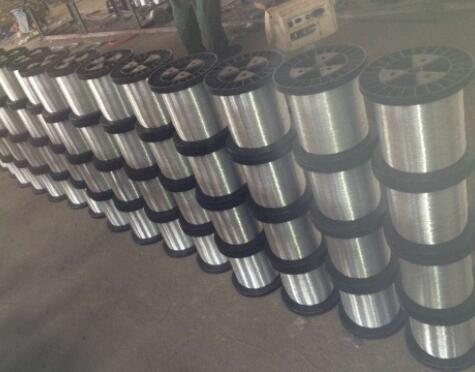The Importance of Plant Protection Cages in Modern Agriculture
In the fast-evolving world of agriculture, where the balance between crop yield and pest management has become increasingly crucial, the use of plant protection cages has emerged as a key strategy for safeguarding plants against harmful insects, birds, and environmental factors. These protective structures provide a versatile solution for ensuring that plants can mature healthily and produce optimal yields, while minimizing the reliance on chemical pesticides.
Plant protection cages come in various forms and sizes, allowing farmers and gardeners to customize their use based on specific needs. Typically made of lightweight, breathable materials like mesh or fabric, these cages create a physical barrier between crops and potential threats. This barrier not only deters pests but also protects plants from harsh weather conditions, such as heavy rain, strong winds, and extreme temperatures.
One of the primary advantages of using plant protection cages is the reduction in pesticide use. With the global push towards more sustainable farming practices, reducing chemical inputs has become a priority for many agricultural stakeholders. By employing protection cages, farmers can significantly limit insect infestations and disease transmission without the need for harmful pesticides, thereby promoting a healthier ecosystem. This practice not only benefits the surrounding environment but also enhances the quality of the produce, making it safer for consumers.
plant protection cages

Moreover, plant protection cages play a vital role in crop biodiversity and sustainability. Many crops, especially those that are more susceptible to pests, can thrive in these controlled environments. By protecting plants from external threats, growers can experiment with a wider variety of crops, including heirloom and organic species that might otherwise be too vulnerable. This promotes genetic diversity in agriculture, which is essential for resilience against pests and diseases in the long term.
The installation of plant protection cages is relatively straightforward, and they can be used in both large commercial farms and small-scale gardens. For example, a gardener can easily construct a simple cage using canes and lightweight netting to protect young seedlings, while a large-scale farmer might invest in more robust structures that can cover entire rows of crops. This adaptability makes them a practical choice for a range of agricultural applications.
In addition to their protective benefits, plant protection cages can also aid in improving air circulation and sunlight exposure for the plants. Many types of cages allow for adequate ventilation, which helps to reduce humidity levels inside the cage and minimizes the risk of fungal diseases. Sunlight availability is equally important, as proper light exposure is essential for photosynthesis and healthy plant growth.
In conclusion, plant protection cages represent a pivotal innovation in modern agriculture, offering effective solutions for pest management and crop protection. Their ability to reduce pesticide reliance while promoting sustainable practices makes them invaluable in the pursuit of efficient and eco-friendly farming. As the agricultural landscape continues to change, embracing tools like plant protection cages will be essential for nurturing healthier crops and ensuring food security for future generations.

















